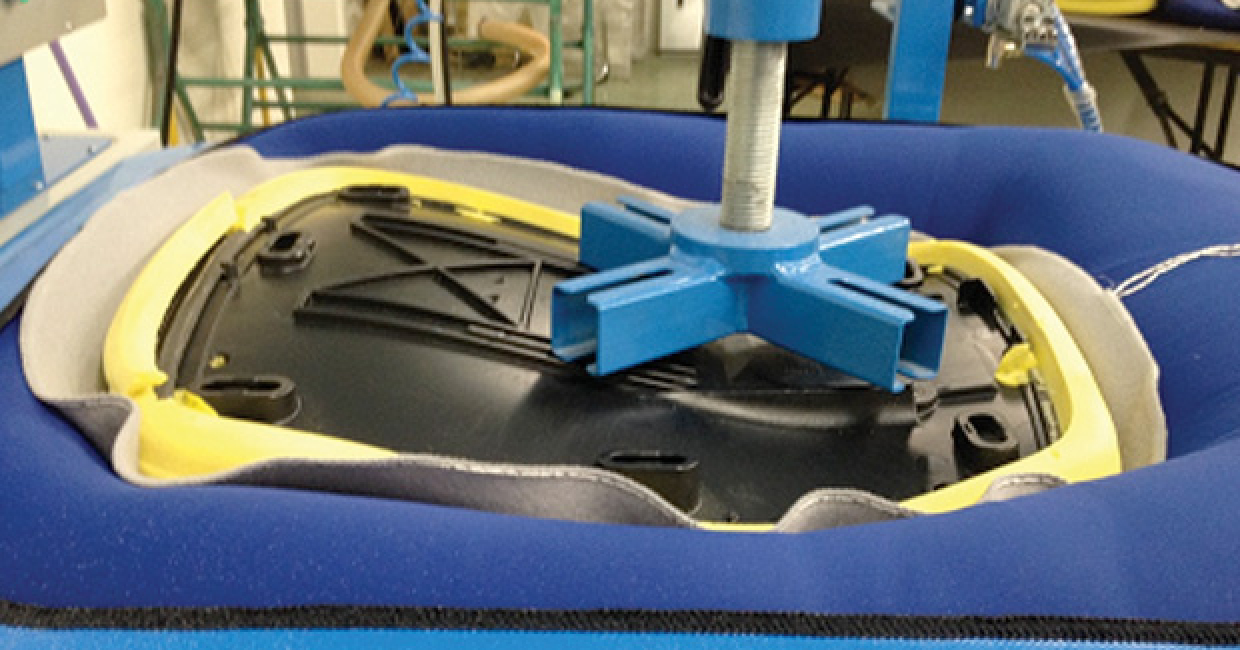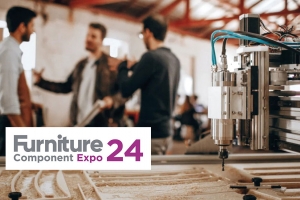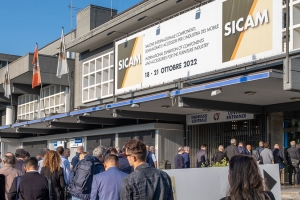The C-Gex drawstring technology system and heat-activated contour gluing revolutionised the world of seating manufacture. Designed in France, it remains one of the most significant breakthroughs in upholstery manufacturing for over fifty years.
Founded by Christian Guilhem in 1989, Guilhem Industries was originally an upholstery factory, still then using the traditional stapling techniques, but whose growing order book required more and more skilled employees.
Concerned that new staff could not be trained quickly enough to meet the demand, Mr Guilhem established a dedicated research and development company to improve upholstery technology – and thus created then the patented drawstring technology, first shown at the 1989 Interzum show in Cologne to huge acclaim.
Compared with more traditional methods, drawstring upholstery is quicker, requires less skilled staff, and saves money. Licences to use the C-Gex system have been granted to over 100 office, contract and medical chair and car-seat manufacturers world-wide. Advanced technical breakthroughs include heat-activated gluing, the sophisticated C-Gex upholstery press and the universal fluidized bed that activates the glue whilst the operator pulls the drawstring. The heat used for the heat activation of the web adhesive also softens heavy materials and thereby eliminates wrinkles. Uniquely, the C-Gex upholstery presses are universal with the capability of glueing the covering material to foam.
In addition, C-Gex provides in-house training ensuring that the customer benefits from the latest technology. As one of our new customers recently commented: “C-Gex is the best answer to the problem of how to upholster more sophisticated chairs with fewer qualified, but motivated operators”.
The manufacturing process is simple: first, web adhesive is placed onto the back of the fabric; then he fabric, foam and wood combination is placed on a heated bed which cures the fabric to the foam; and third, the fabric is then secured by a drawstring which is pulled by two pistons on either side of the machine.
In the 1980s a highly skilled operator could make no more than 100 chairs per day using hand-stapling techniques. Today, the C-Gex press enables an operator to make 250 chairs per day. Training and apprenticeship periods are reduced dramatically.










